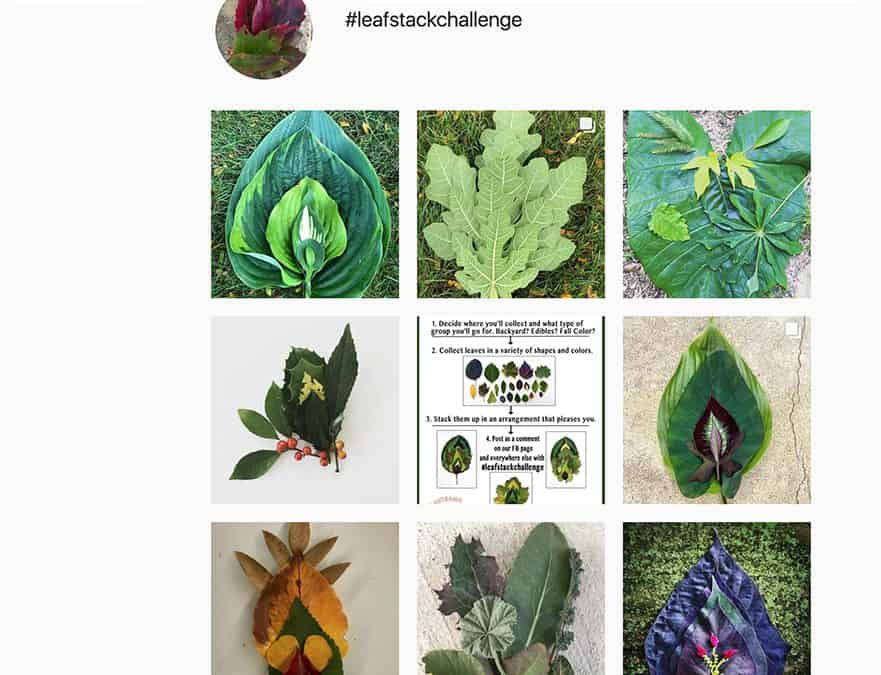Plant Sex, Seeds for Birds and a Leaf-Stack Review
Ellen and C.L. discuss why you might not want to do a “fall cleanup” of your perennials. Next, we discuss S-E-X among the photosynthesizing crowd. Male and female plants, what that means for your landscape, and what happens if you don’t have both sexes. We review Asclepias speciosa ‘Davis’ and bring you up to date about #LeafStackChallenge posts on Twitter and Instagram.
:33 Did You Know: Leaving perennials so the birds can eat the seeds.
5:35 Eat/Drink/Grow: Plant Sex! Male and female plants.
14:58 Product/Plant Review: Asclepias speciosa ‘Davis’ – Ellen and I both ordered this plant from High Country Gardens
Be sure to check out the photos of this lovely milkweed on their website, because for Ellen and I the plant was food for the Monarch larvae this year…next year we’ll have our own photos, but this year we sacrificed the flowers to the butterflies.
19:25 Love Letters and Questions: A #LeafStackChallenge update

As you can see, yellow goldfinches are in these Nepeta plants eating the seeds. Seeing this, C.L. decided not to deadhead these perennials until early July. (At that time I cut them to the ground and they regrew beautiful new foliage.

The most well known dioecious plants (plants that have either male or female flowers) are the hollies. The genus Ilex has a wide range of looks too…this one is a female winterberry holly.

And speaking of hollies…here is a leafstack made with several different species and cultivars of Ilex. The gold and red berries on the winterberry holly came from the female plants. Both of those shrubs are pollinated by a ‘Southern Gentleman’ holly.

Here are some of the #LeafStackChallenge posts from Instagram. Search the term on either Instagram or Twitter and see what comes up.

